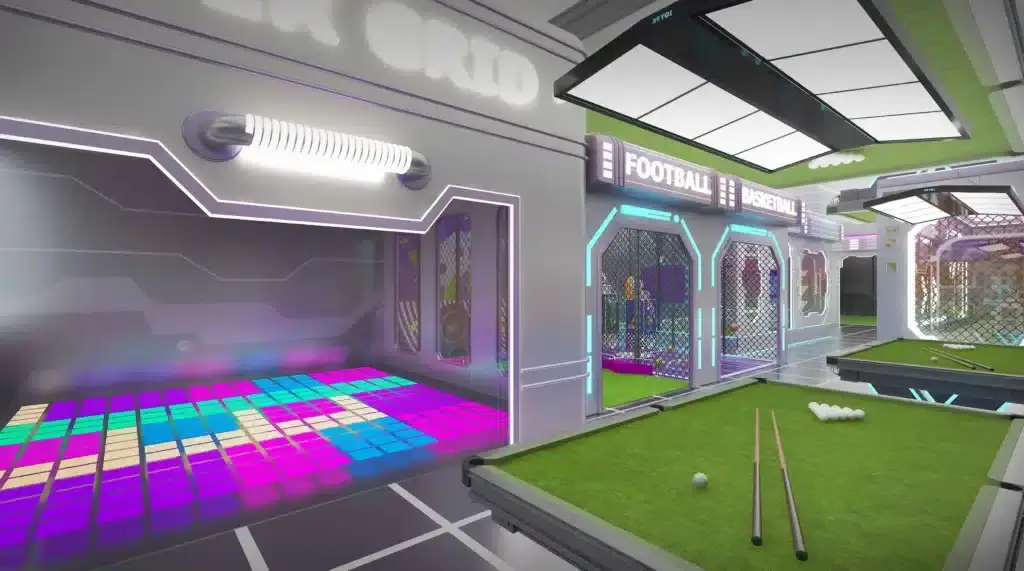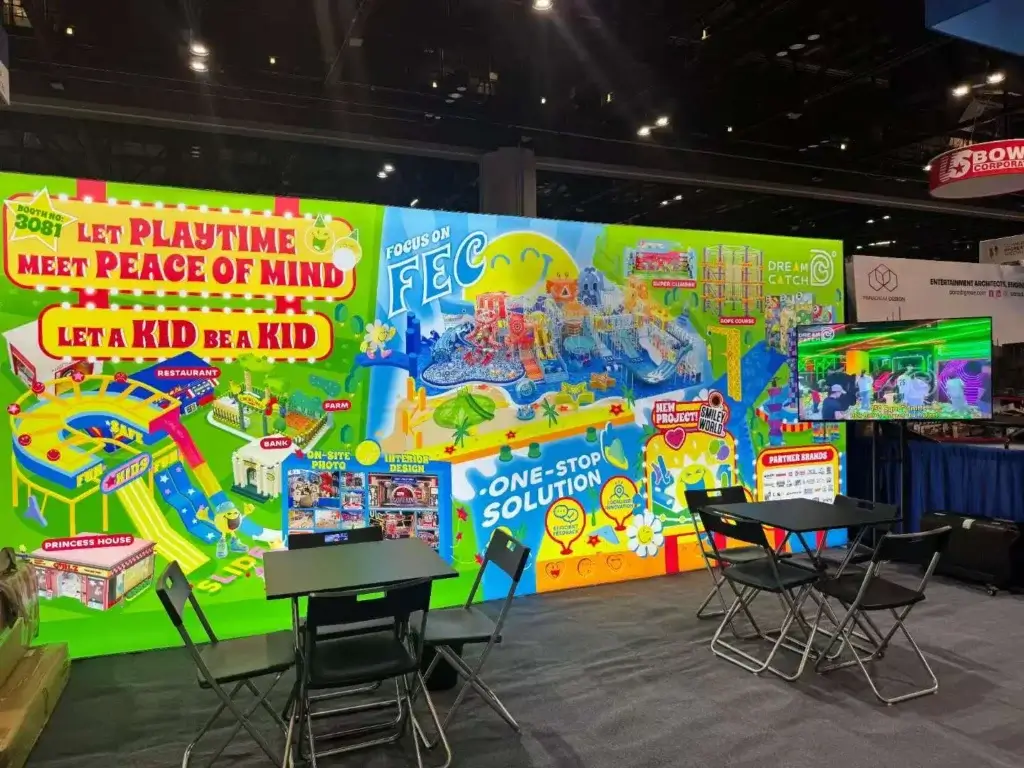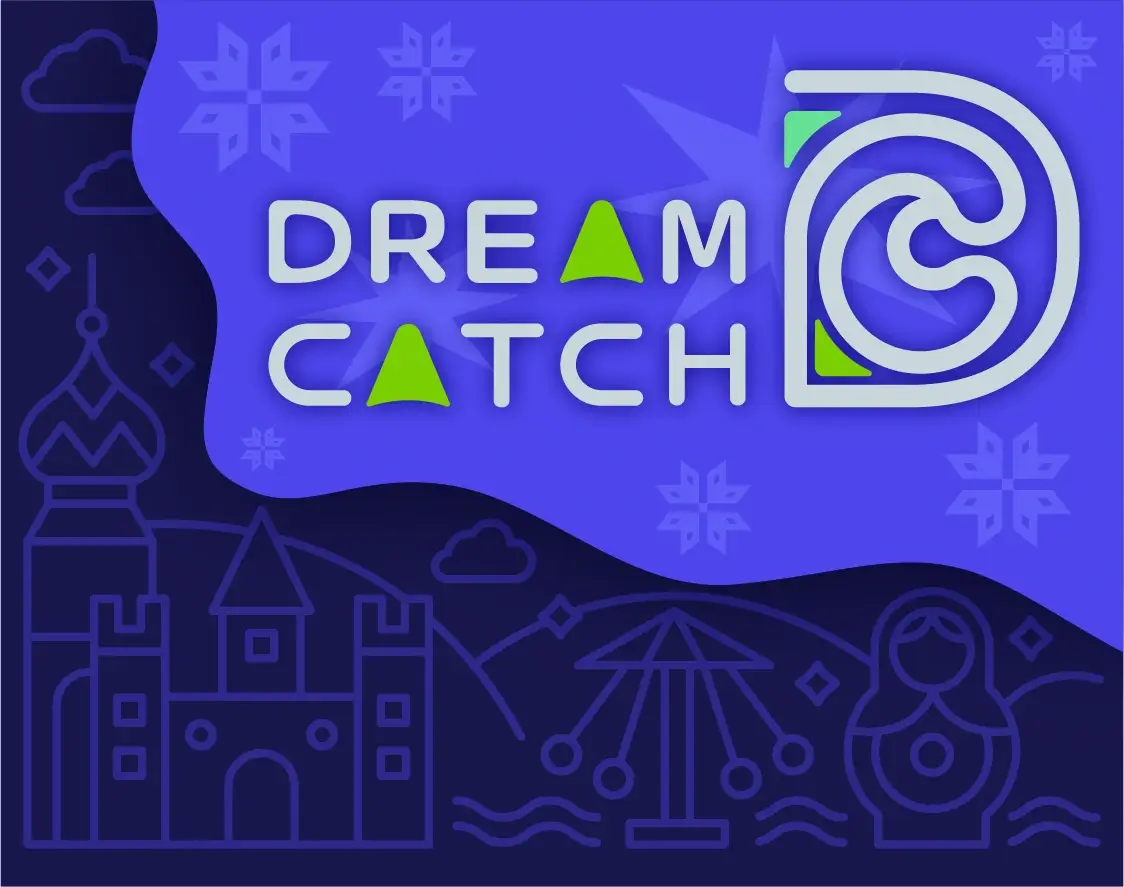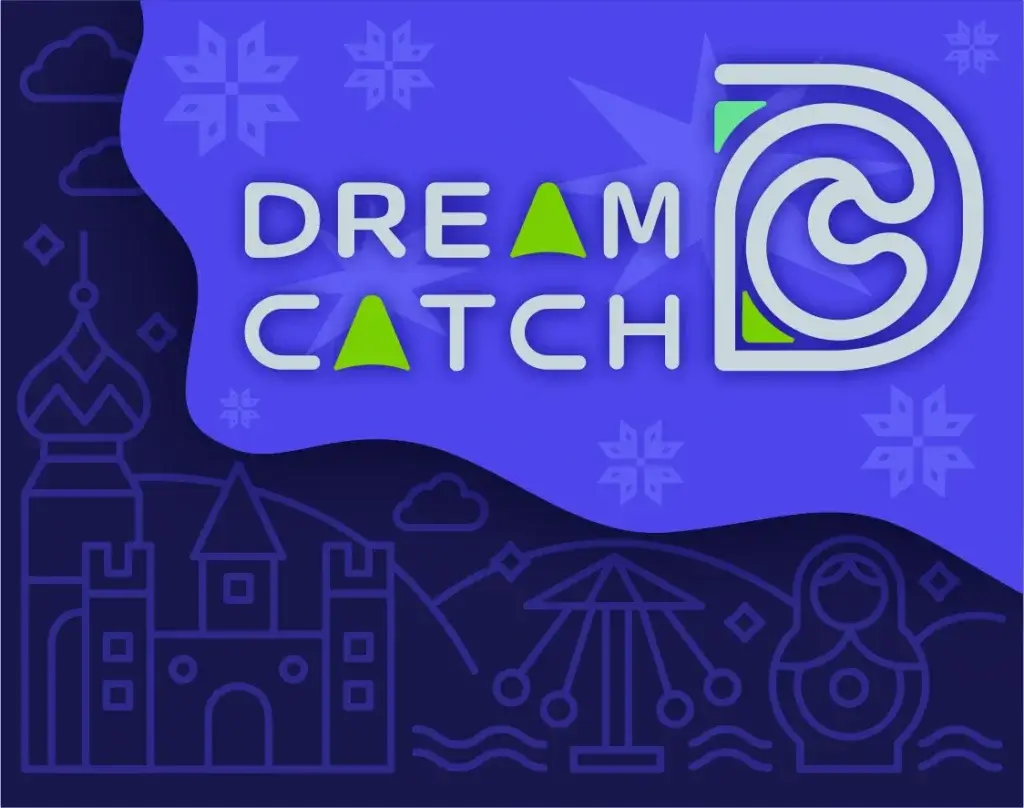Creating a successful playground within a shopping mall demands a thoughtful and imaginative approach. The goal is to craft a space that engages children of varied ages and interests while seamlessly integrating with the mall’s overall design and atmosphere. More than just a waiting area, a well-designed mall playground becomes a vibrant hub that enhances the family shopping experience. This guide outlines key considerations for your next project.
Key Considerations for Mall Playground Design
Space & Layout Planning:
Start with a careful assessment of the available area.
Prioritize efficient traffic flow and universal accessibility.
Position play zones strategically to complement the mall environment and encourage exploration.
Include clear sightlines and comfortable seating areas for parents/guardians to ensure safety and engagement.
Safety First: Compliance & Regulations:
Strict adherence to safety standards (CPSC, ASTM) is non-negotiable.
Incorporate essential safety features: rounded equipment edges, impact-absorbing surfacing (soft flooring), and adequate spacing between structures.
Proactively mitigate hazards to create a secure environment.
Defining Your Audience & Theme:
Identify your primary users. Cater to diverse age groups and developmental stages.
Consider implementing a cohesive theme (nature, adventure, fantasy) to boost visual appeal, create excitement, and make the space memorable.
Selecting the Right Play Equipment:
Choose equipment that promotes physical activity, social interaction, and imaginative play for a well-rounded experience.
Core Playground Elements:
Swings: Classic fun, offering a sense of freedom and joy.
Slides: Provide thrilling descents; available in various sizes and styles (straight, spiral, wavy).
Climbing Structures: Nets, walls, ladders, and platforms build coordination, strength, and confidence.
Ball Pits: Offer safe, soft landings and sensory fun.
Playhouses (e.g., Mini City): Spark imaginative role-playing and social games.
Trampoline Park Features (Optional):
Trampolines: The core attraction for jumping, flipping, and aerial fun. Can include open jump areas, basketball dunk lanes, dodgeball courts, and tumble tracks.
Safety Landing Systems: Foam pits or inflatable airbags for safe landings after challenging jumps.
Wipeout Trampoline: An interactive, obstacle-dodging game testing agility and balance.
Reaction Wall: Challenges reflexes with timed light targets.
Climbing Wall: Adds vertical challenge and achievement.
Ninja Warrior Course Elements (Optional):
Cargo Nets: Challenging rope or webbing grids to climb through.
Warped Walls: Inclined walls requiring speed and strength to scale.
Flying Rings: Overhead rings for swinging and testing grip/coordination.

Budgeting & Cost Management:
Equipment Costs: Vary significantly based on type, quality, brand, and complexity (basic elements vs. trampolines/Ninja courses).
Installation Expenses: Include site preparation, equipment assembly, safety surfacing, professional labor, and landscaping.
Ongoing Costs: Factor in routine maintenance, cleaning, inspections, repairs, and staffing.
Design Longevity: Prioritize durable, high-quality materials. Seek adaptable designs that can evolve and incorporate user feedback to stay relevant and minimize costly future renovations.
Integration & User Experience:
Aesthetic Alignment: Ensure the playground’s colors, style, and theme harmonize with the mall’s overall branding and architecture for a cohesive feel.
Parent/Caregiver Comfort: Provide ample, comfortable, well-positioned seating near the play area with clear sightlines.
Clear Signage & Navigation: Implement intuitive wayfinding to locate the playground. Use prominent signage for age zones, safety rules, and entry/exit points. This enhances accessibility and visitor confidence.
Finding a Reliable Supplier:
Research: Use industry directories, trade shows, and online resources to identify specialized playground equipment suppliers. Evaluate their product range, experience, and reputation.
Vet Credentials: Ensure suppliers meet stringent safety and quality standards (CPSC, ASTM compliance). Check references regarding product durability, customer service, and delivery reliability.
Evaluate Quality: Request product samples and, if possible, visit manufacturing facilities to assess materials, construction, and design firsthand.
Conclusion
Designing an exceptional mall playground requires balancing creativity, safety, functionality, and budget. By carefully considering space, audience, equipment, costs, integration, and supplier reliability, you can create a dynamic destination that delights children and enhances the mall experience for families.
Ready to bring your vision to life? Guangdong Dream Catch Recreation Equipment Co., Ltd. specializes in crafting incredible play experiences, from thrilling Ninja Warrior courses to engaging core playgrounds and trampoline parks. We focus on safety, excitement, and unforgettable fun for thrill-seekers, families, and fitness enthusiasts alike. Let’s create the playground of your dreams – contact us today!





